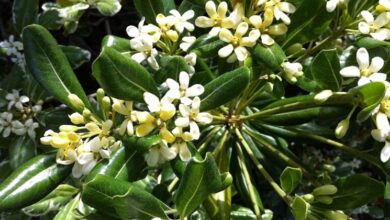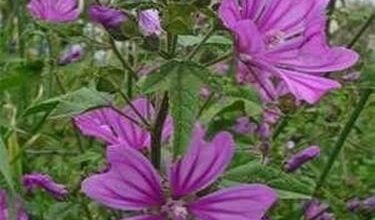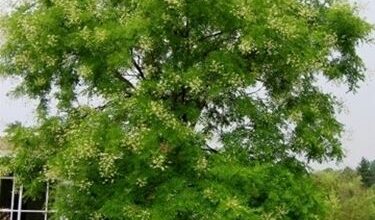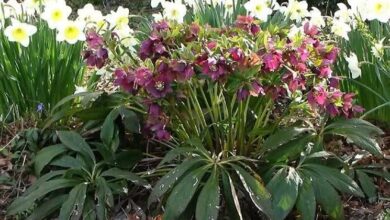Carnation of poets
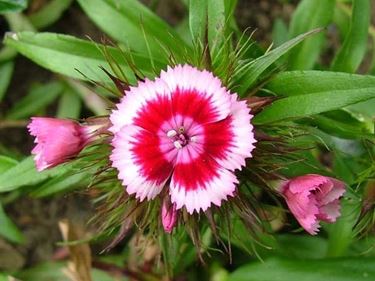
Carnation of poets, origins and characteristics

poets carnation plant that has grown spontaneously in a field» width=»745″ height=»559″ longdesc=»/giardino/piante-perenni/garofano-dei-poeti.asp»>To cultivate the carnations of poets wellFirst of all we must consider the fact that they do not last long, at most two years and then they will have to be replaced. It seems strange because it is a perennial plant, but it is the spontaneous one that grows in nature; those found on the market are very fragile plants. Despite this, given their beauty they are really worth planting. They should be placed in sunny places, even if they do not fear the cold; on the other hand, they tolerate less heat, for this reason in the summer months it is best to move them to the shade if they are kept in pots. Carnations normally tolerate drought well, so they don’t need to be watered a lot, except in hot weather. It is also necessary to use a loose soil, rich in humus, well drained and with a low level of acidity.
Carnation of the poets cures
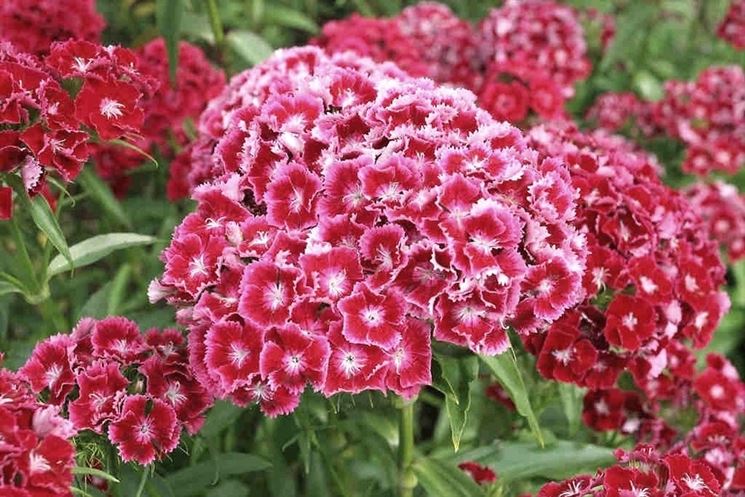
From the beginning of spring to the beginning of autumn it is necessary to fertilize the carnation of poets with products for flowering plants, to be dissolved in irrigation water and to be administered every two weeks. To make the flowers last longer during the flowering period, it is advisable to trim the flowering stems to restore vigor to the plant. The planting on the ground of the carnations of the poetsit should be done in spring, bearing in mind that the seedlings will produce their first flowers only in the spring of the following year. More and more often the plants of the previous year are now sold, so that you can have the flowers immediately. At the end of the summer it is possible to make a cutting from the stems, which will then be buried in a good soil for flowering plants; in this way you will obviously obtain a seedling identical to the mother plant, a result not reachable with sowing, which always produces different flowers.
Carnation of the poets diseases and curiosities
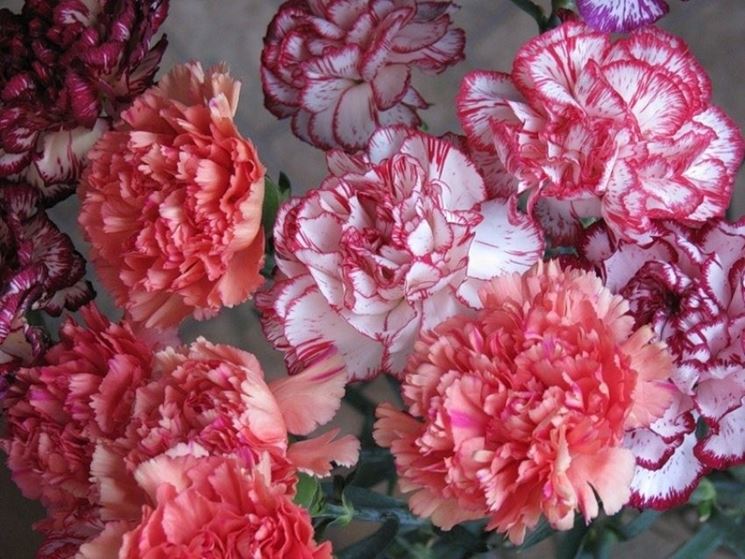
Being a perennial plant, the carnation of the poets is very resistant and it is very rare that parasites or a disease damage it to the point of killing it. However, annual varieties often fall victim to powdery mildew, especially in very humid periods or if the plant is in a humid place. To cure the plant in this case, a sulfur-based product must be used. In the event of parasites such as whiteflies or aphids, any insecticide product is sufficient. A preventive action is very useful especially in younger and more vulnerable seedlings to parasites. Not everyone knows, but the carnation is edible: since ancient times the leaves were used to create infusions to relieve the symptoms of fever and other diseases, or to create love potions.

